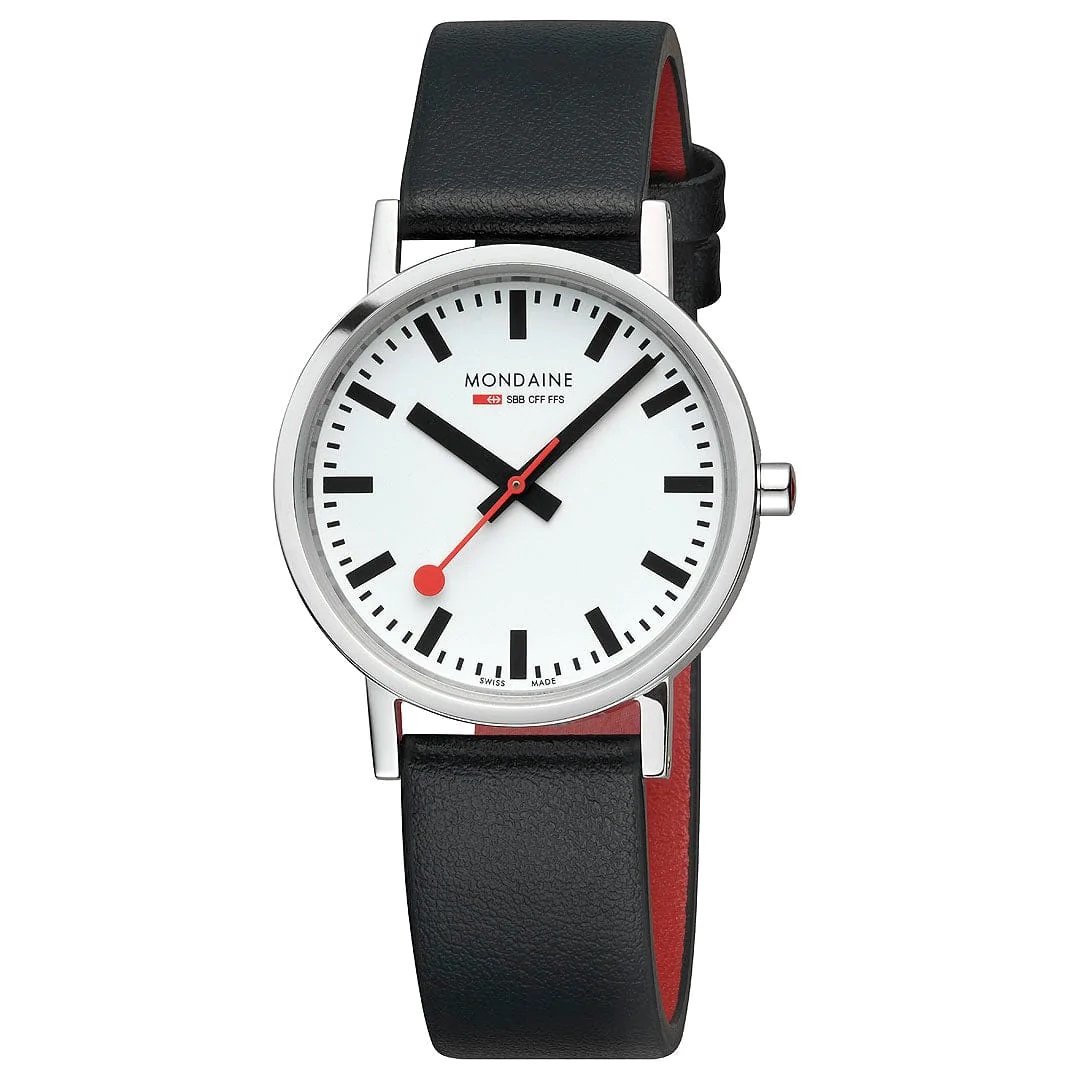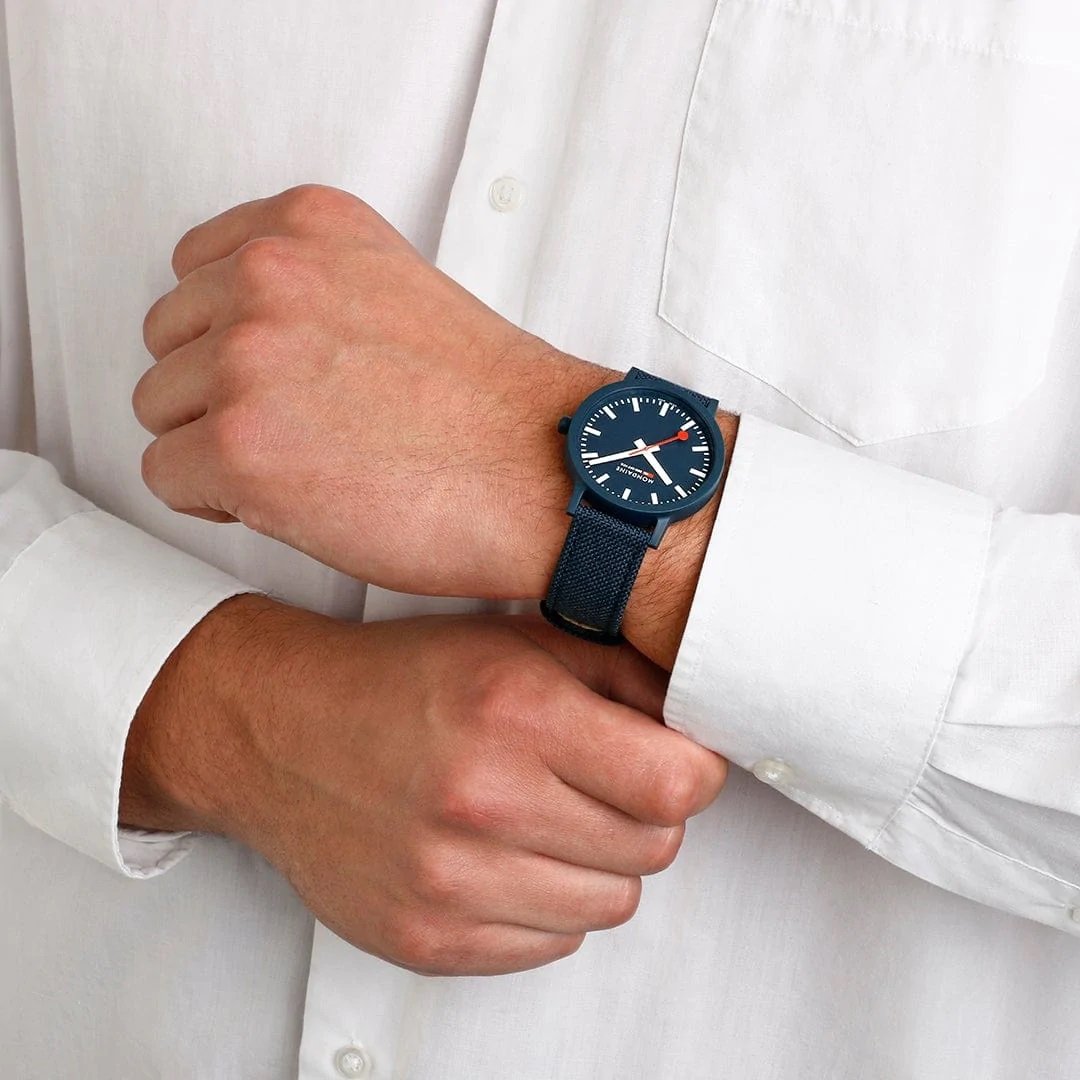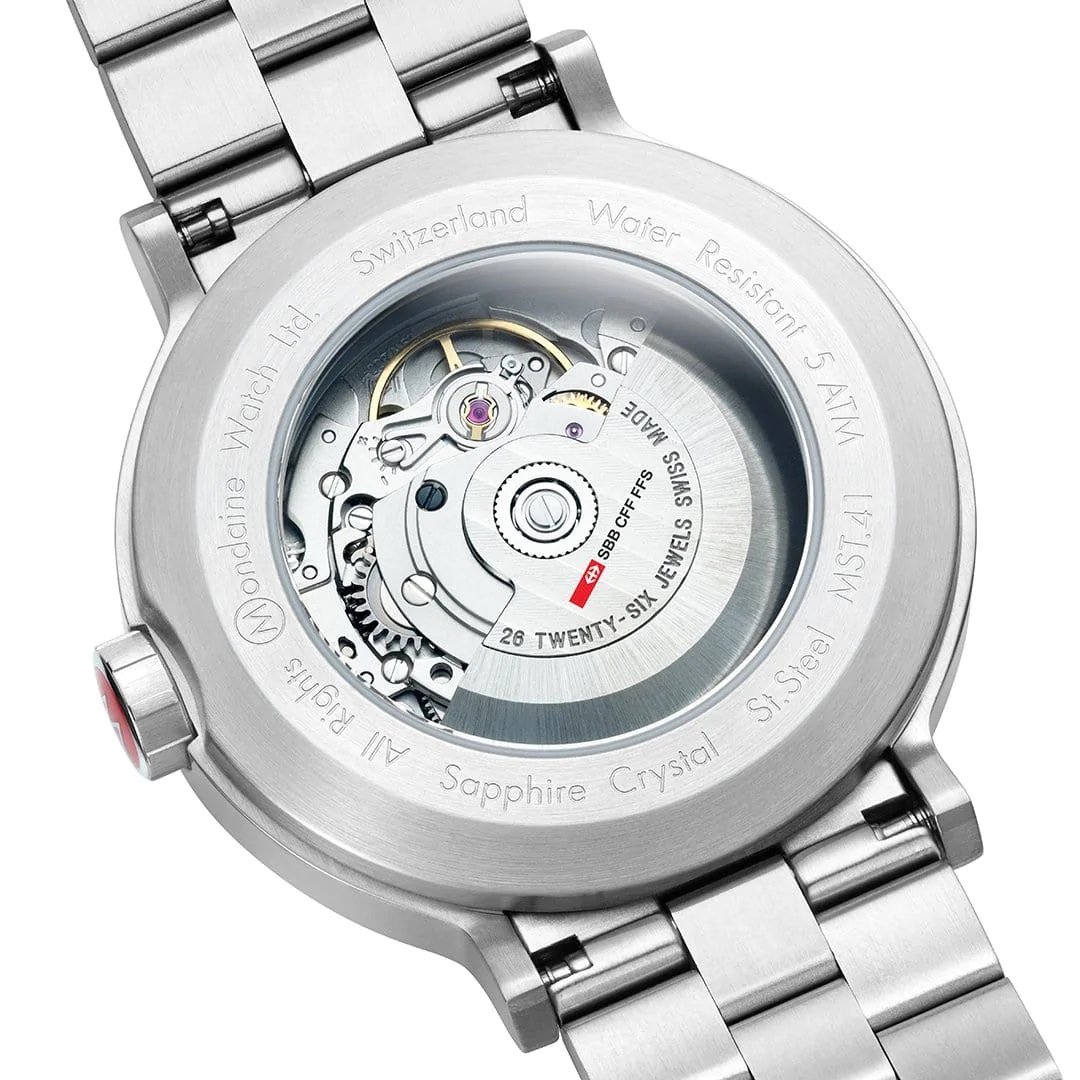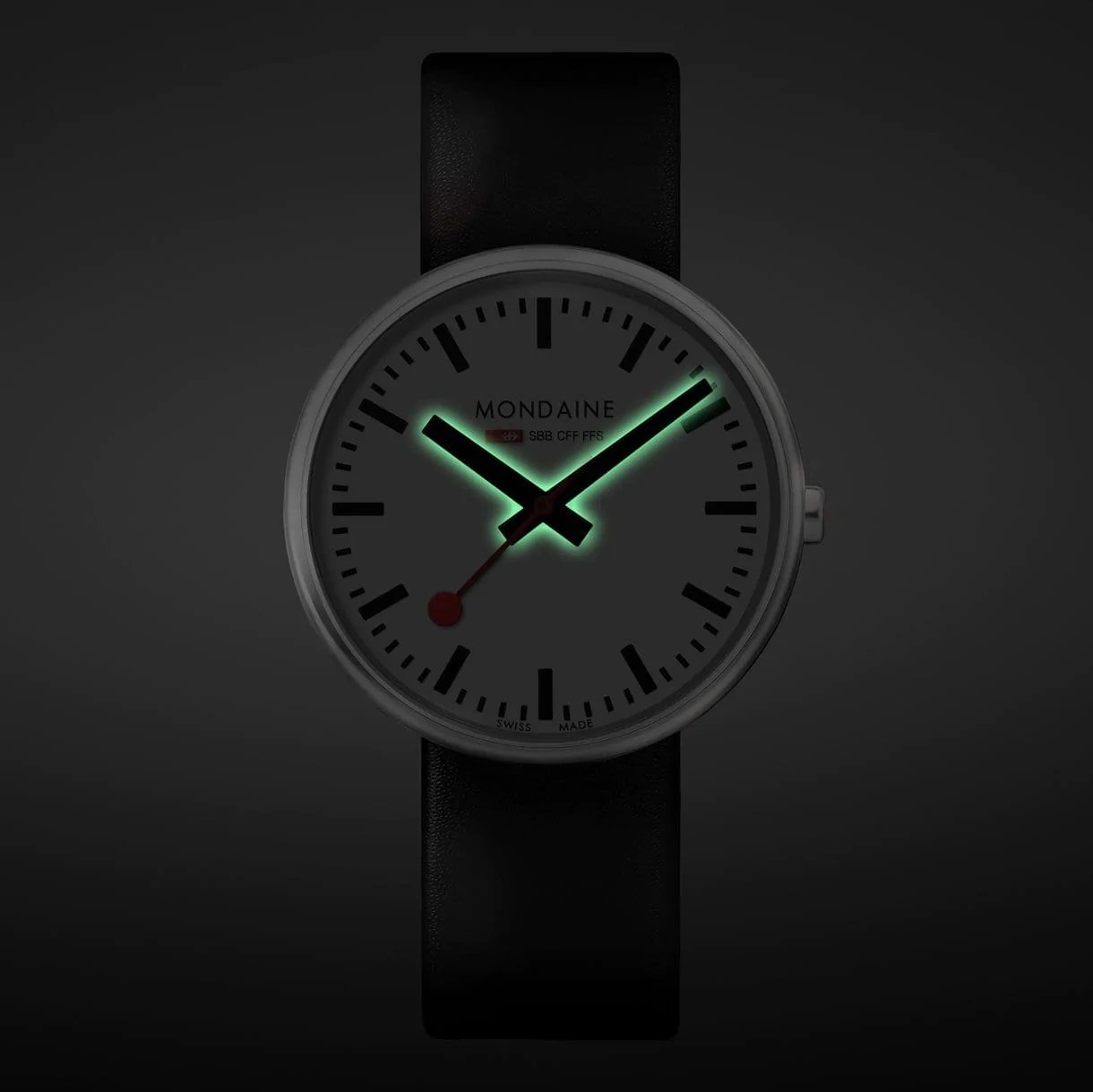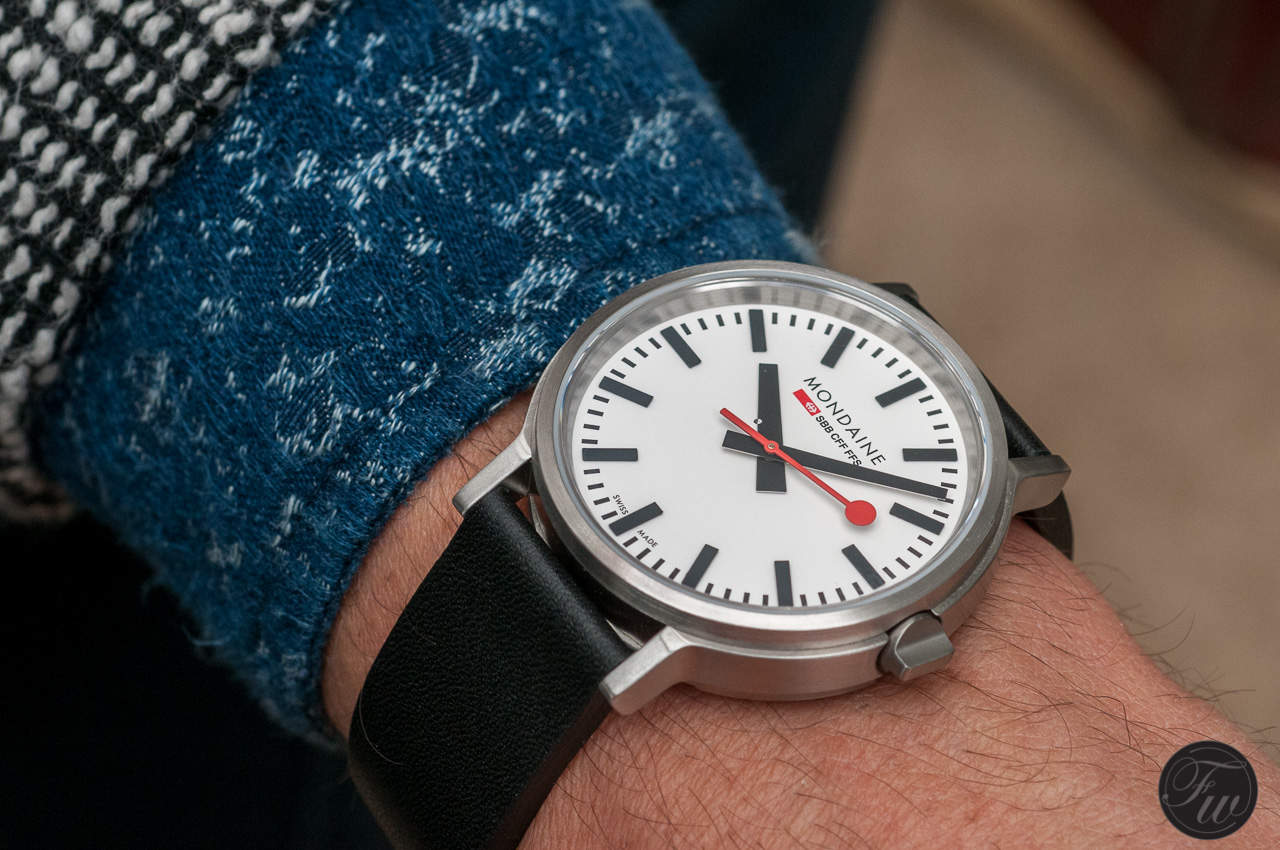The Watches, Design, And Sustainability Of Mondaine
Mondaine is a watch company that, while perhaps well-known within Switzerland, gets fairly little attention beyond the watchmaking capital’s borders. In truth, the watches aren’t that exciting. There is little variation in design, they’re immensely affordable, and the quartz movements inside are not of those few that excite lovers of mechanical calibers. However, it’s in the little details that Mondaine really shines. And upon closer inspection, we find that Mondaine is both bold and making waves, though perhaps not in ways we typically expect from flashier watch companies. Mondaine watches are, in short, simple, reliable affairs, yet they are full of charm and made with an attention to detail and desire to do good not usually found at the price point.
If you’ve seen one Mondaine watch, you’ve essentially seen the primary features of every other Mondaine watch. Though the brand has been around since the 1950s and has released watches with differing designs, in recent years, it has leaned into a very particular design for all of its watches. Derived from official Swiss railway clocks, Mondaine’s watch faces feature stark dials, bold hour indices, matching bold hour and minute hands, and (typically) red lollipop seconds hands. This ingenious design hails from the mind of Hans Hilfiker, the Swiss engineer/designer who designed the Swiss railway clocks during his tenure for the Swiss Federal Railways.
 Credit to “Kecko”, use with Creative Commons License 2.0
Credit to “Kecko”, use with Creative Commons License 2.0
A perfectly Swiss history
Hilfiker released the first iteration of his clock design in 1932, his first year on the job with Swiss Federal Railways. He updated the design in 1942, adding a minute hand. In 1952, the Swiss railway clocks were updated with the inclusion of the now iconic red lollipop seconds hand.
The look is certainly bold enough, but there’s something else that makes the seconds hand on the Swiss railway clocks truly special. It performs a complete rotation around the dial in only 58 seconds. The last two seconds it spends waiting perfectly still at 12 o’clock. At some point during those two seconds, a time pulse is sent out via telephone lines to every official clock in Switzerland’s train stations, at which point every clock’s minute hand jumps to the next minute and the second hand begins its next 58-second sweep around the dial.
The design of the clock has become a Swiss national icon and is internationally famous. It has been recognized for outstanding design by both the Design Museum in London and the Museum of Modern Art in New York. Mondaine licensed the design in 1986, and it has been an ever-growing part of the brand’s lineup to the present day.
Mondaine’s watches today
Mondaine released a watch in 2011 called the Stop2Go that emulated the 58-second sweep and two-second pause at noon of the official Swiss railway clocks. Unfortunately, Mondaine recently discontinued that line for its watches, though examples can still be found for reasonable prices online. Mondaine also maintains the function in its Stop2Go wall clocks.
Mondaine’s watches today may not capture the quirky ticks of the official clocks that their design is derived from. Nevertheless, the visual aspect of the design is sufficient to be striking in its own right. There’s a reason it’s recognized by art and design authorities the world over. It’s an intensely minimal yet bold clock/watch that had the opportunity to mature at the height of Modernist design. Mondaine’s watch faces and hands are what a child design prodigy might have produced if you asked them to produce a clock with only a handful of rectangular blocks and one circle. It’s effortlessly utilitarian, as it was designed to be, yet its severe austerity elevates the seemingly simple arrangement of shapes to something that is actually pleasing to the eye. And then a flash of red for the seconds hand finishes the ensemble with a playful flair.
Variations abound
Mondaine maintains that red seconds hand across all of its watches. A great number of them sport the complete design with a white dial and black indices. Many others, however, play with the design. Some have hands and indices in monochromatic metal finishes. Others use alternative dial colors to soften the contrast. Though case sizes vary from 26mm to 43mm in diameter, almost all follow the same design — a simple circular case with straight lugs. Cases are either partially recycled stainless steel in natural or gold IP finishes or a natural resin derived from castor oil and fiberglass in a myriad of colors. Most watches are time only, but some dials are interrupted with a date window like the EVO2 Automatic or day-date in the Classic with a Ronda 517 Swiss quartz movement.
Mostly quartz, and that’s just fine
All non-automatic watches (which comprise most of Mondaine’s catalog) utilize Ronda-based quartz movements. Ronda movements are known for being reliable, robust, and repairable. Mondaine’s few automatic watches use Sellita SW200-1 calibers, which are visible through transparent case backs. The automatic watches also come equipped with sapphire crystals. The quartz-powered watches mostly use hardened mineral crystals.
A “fun”-ctional augmentation of a classic
A feature found only on a handful of Mondaine’s watches is the “Backlight”. However, this is not a backlight as we know it, such as with Timex’s Indiglo or Casio’s ElectroLuminescence. The battery in Mondaine watches is only for powering the hands. Instead, Mondaine applied luminous material to the underside of the black watch hands. Paired with the standard white dial, at night, the lume glows from the underside of the hands onto the dial, silhouetting the hour and minute hands in a greenish glow and offering nighttime readability. It’s a functional hack that doesn’t compromise the purity of the design. Interestingly, it only works with the original color combination of the original Swiss railway design.
Straps and bracelets
Mondaine’s watches come paired either with a stainless steel bracelet or strap, depending on the model. The stainless steel bracelets match their case counterparts in being partially comprised of recycled steel. The straps also vary in environmentally friendly materials. The latest entries into Mondaine’s catalog are straps comprised of vegan “leather” derived from the wine industry’s grape waste. Grape skins, stems, and leaves that would otherwise be destined for the compost or trash heap are processed and pressed into a “leather” with recycled PET plastic that Mondaine has deemed acceptably similar to cow’s leather in feel and quality.
Mondaine also offers cow leather straps, though the brand is phasing them out. All leather comes from certified responsible sources. Other materials Mondaine offers for straps include recycled textile and cork, as well as natural rubber.
Mondaine — Sustainability for the long haul
Experimentation and implementation of various recycled/waste-derived strap materials are par for the course for Mondaine. Because, yes, the brand makes iconic Swiss watches, but it has also been exploring sustainability and responsibility since the 1970s. In fact, it was Mondaine that released the first solar-powered analog watch in 1973. The brand began recycling at its facilities in the ’80s. Fast-forward to today, Mondaine is now certified carbon neutral in both production and shipping to consumers. All production, which takes place at Mondaine’s facilities in Switzerland, is powered with alternative energy. Furthermore, 80% of the required electricity comes from Mondaine’s own solar panels on its factory roof.
Like Oris, Mondaine is transparent about its environmental impact and publishes in-depth Sustainability Reports for the public to review. Its breadth of efforts includes using recycled ocean plastic to banning single-use plastic bottles at its headquarters. Mondaine is also committed to repairing and/or recycling its watches, internal components, and batteries. These efforts not only cover Mondaine and its watches but each of the four brands under the Mondaine Group umbrella, including Luminox.
Iconic watches from a good company
What Mondaine does is very niche. The design is striking enough to leave no one in the middle — you either love it or hate it. Regardless of how you feel about the design, it is incredibly Swiss and has an interesting history to boot. Mondaine’s watches are also fully Swiss in that they are made there. The only thing that is less Swiss — at least in what is typical of Swiss watch companies — is the value proposition and the dedication to environmental responsibility. Prices range from CHF 199 (US$220/£159) for the least expensive quartz model to CHF 699 ($795/£669) for the most expensive Sellita-equipped automatics.
As far as sustainability goes, there are only a few Swiss companies taking it seriously. Mondaine is one of them. Sustainability may not be the norm in the Swiss luxury watch industry, but it only takes a few companies like Mondaine, Oris, and the few others shifting the conversations towards corporate responsibility and ethics to begin a true trend. Here’s hoping that Mondaine and the others don’t remain the minority on that front for much longer. But it’s good to know that one has options, — few as they are — if that’s something that’s important to you.
But is it worth it?
Does Mondaine’s station-clock design draw you in or repulse you? What do you think about a watch company with such reasonable prices producing a product with such a significant design? And is Mondaine’s effort towards sustainability a noble cause or a cause lost on the watch-enthusiast community? As Mondaine states, “The best thing you can do for the planet is not buy a watch. Mondaine’s goal is to be the 2nd most sustainable option to not owning a watch!” Let us know what you think in the comments below. More information about Mondaine can be found on the brand’s official website.
You can find more of me on Instagram: @WatchingThomas

